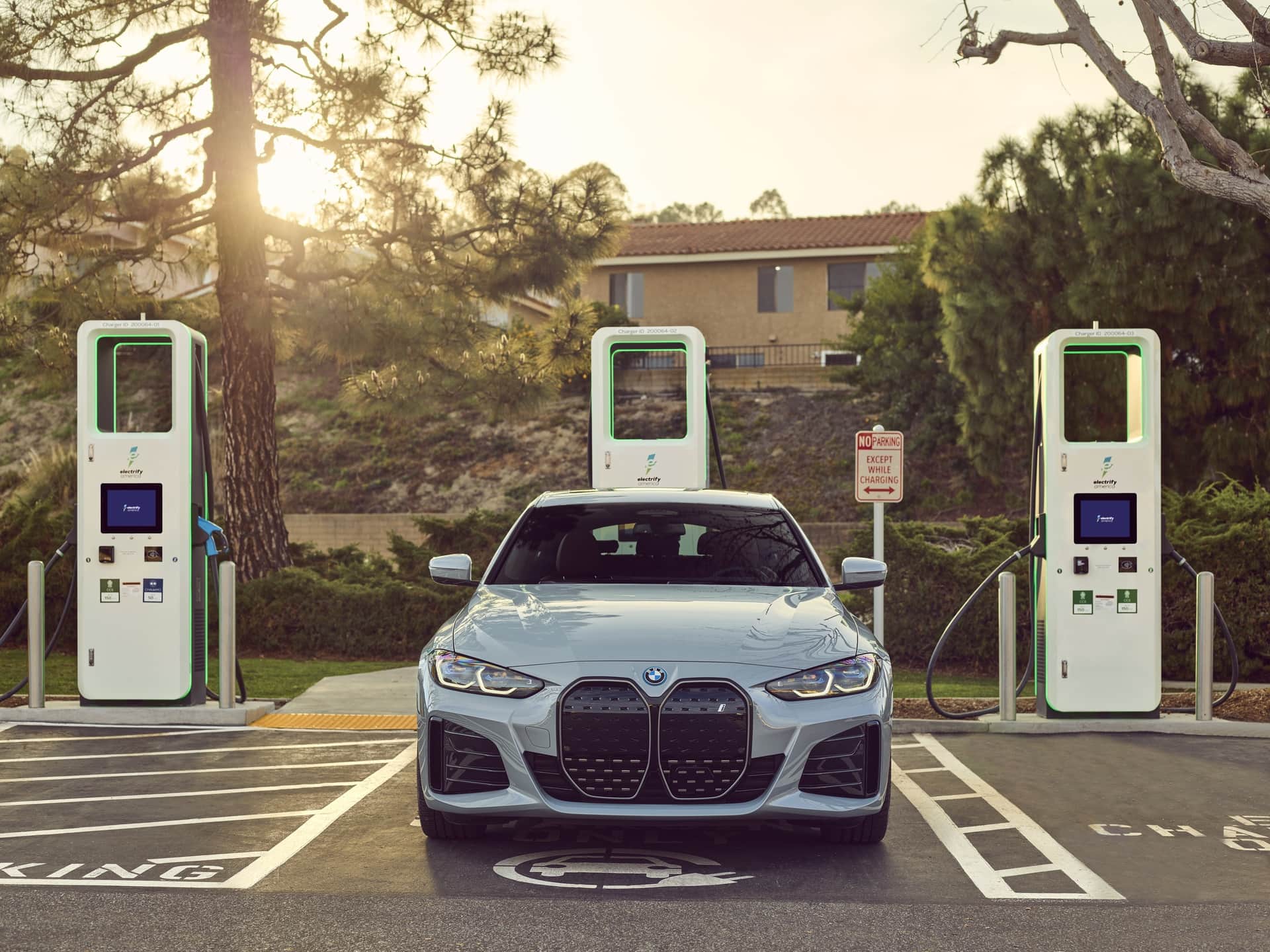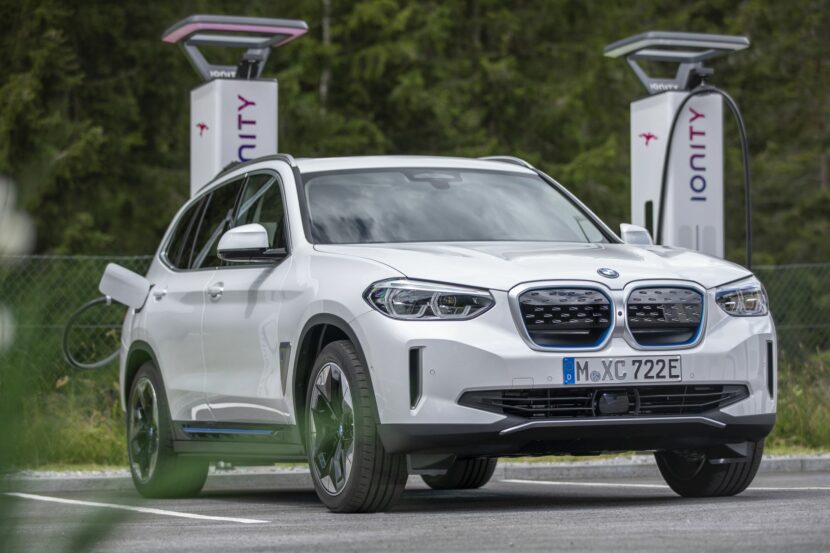It’s no surprise that EVs are becoming more and more popular. Forget saving the polar bears, most modern EVs are just great cars that are better alternatives to their gasoline-powered counterparts, with effortless power, better refinement, and cheaper running costs. However, EVs still have one major flaw that many potential customers take issue with — charging.
Charging EVs isn’t actually difficult, nor is it expensive, relative to the cost of gas. However, the charging infrastructure itself is a bit of a mess, outside of Tesla’s admittedly brilliant Supercharger network. Because of that, many potential customers are turned off by EVs and stick to internal combustion instead, which is what the UK government wants to avoid. Instead, the UK government wants people buying EVs but, crucially, rather than just slapping tax incentives on them, it’s going to invest in solving electrification’s biggest problem.
New legislation was recently passed in the UK, requiring all EV fast charging stations to have 99-percent reliability. This is likely due to the fact that many EV customers complain about inoperable charge stations, or those that simply charge slower than they should.
More importantly, though, the UK government is going to increase the amount of EV chargers, by up to 300,000 by 2030. If done, that would give the UK more EV chargers than petrol stations. Charging stations have increased 33 percent in the UK over the past 12 months, raising the total number of chargers in operation to 30,290. That might sound like a lot but the highest concentration of chargers is in London, which has around 111 chargers per 100,000 people.
“We’ve committed £1.6bn to support the rollout of charge points across the UK and, as part of our recently published EV Infrastructure Strategy, we will set new legal requirements to improve reliability at public charge points.” a spokesperson fort he DfT (Department for Transport) recently told Autocar.
According to this new legislation, not only will the number of chargers increase but their placement will become more varied. As of now, the vast majority of EV chargers is in London, which leaves rural customers to charge at home. The only problem is that not all rural customers will be able to charge at home, which will force them forced to charge in public, overcrowding them. Not only increasing the quantity of chargers but also their reliability and usability will go a long way to making EVs more desirable in the near future.
[Source: Autocar]






































































